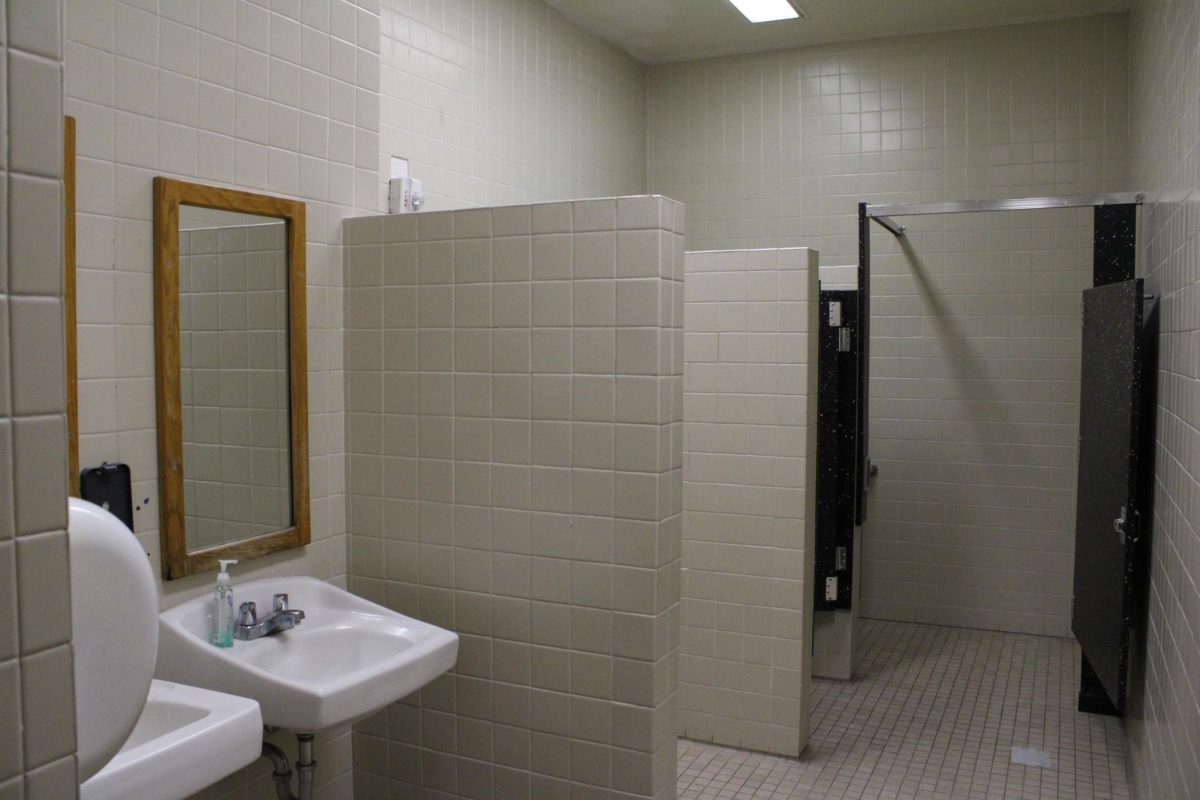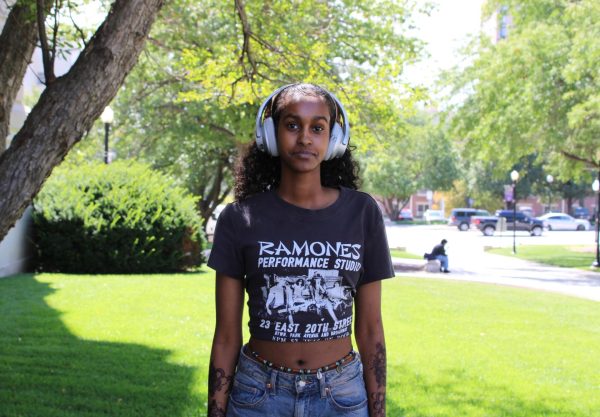The problem with solitary confinement
January 2, 2021
It’s estimated that in the United States alone there are over 80,000 people in solitary confinement. Being in solitary can cause permanent psychological damage and it can amount to torture. The US needs to completely reevaluate how this practice is used in prisons.
What exactly constitutes solitary confinement? It’s defined as being held in a cell for 22 to 24 hours a day with limited human interaction. In the US, the practice is extrajudicial. This means that time in solitary is not determined by the court but rather by prison staff.
Allowing guards to place prisoners in isolation puts too much control in their hands, and it often results in abuse of power. Inmates can be singled out for solitary for something as minor as talking back to a guard, or even if the prison officials just don’t like them.
It is also disturbingly common for people with existing mental illnesses to be put in isolation because it’s easier to forget about them than help them with treatment. Additionally, solitary confinement has long lasting and damaging effects on people with no prior psychological issues.
Over time, being in isolation can cause increased anger, depression, anxiety, paranoia, and hallucinations. This creates a situation where self-harm is common. The Journal of the American Medical Association recently published a study saying that prisoners released from jail who spent time in solitary were 78% more likely to die from suicide.
The longer a person is isolated, the harder it becomes for them to then enter back into society after their sentence is over. Prisons cannot continue to purposefully break people down to the point where they cannot function in the anymore. Being in solitary for long periods of time has been described as a descent into madness.
United Nations Special Rapporteur on torture, Juan E. Méndez, has called solitary that lasts over 15 days torture. He has gone as far as to ask countries to ban all use of solitary confinement as punishment. “Considering the severe mental pain or suffering solitary confinement may cause, it can amount to torture or cruel, inhuman or degrading treatment when used as a punishment,” said Méndez.
One particularly egregious example of the misuse of solitary confinement that of Albert Woodfox. Woodfox spent 43 years, more than half his life, in solitary at a Louisiana prison. It’s absolutely astonishing that this was ever allowed to happen, and it only reflects back onto our failing prison system.
This article isn’t to say that there aren’t people out there who might deserve to be solitary confinement. There are many horrible criminals who I would feel no sympathy for if they were put in isolation. But when it comes down to it, the goal of prisons should be to rehabilitate people, and that is at odds with destructive nature of punitive solitary confinement.
Forcing people to be isolated and confined to one room is an archaic and dehumanizing practice. If you feel strongly about this, please contact your senator and ask to put an end to solitary confinement.

















